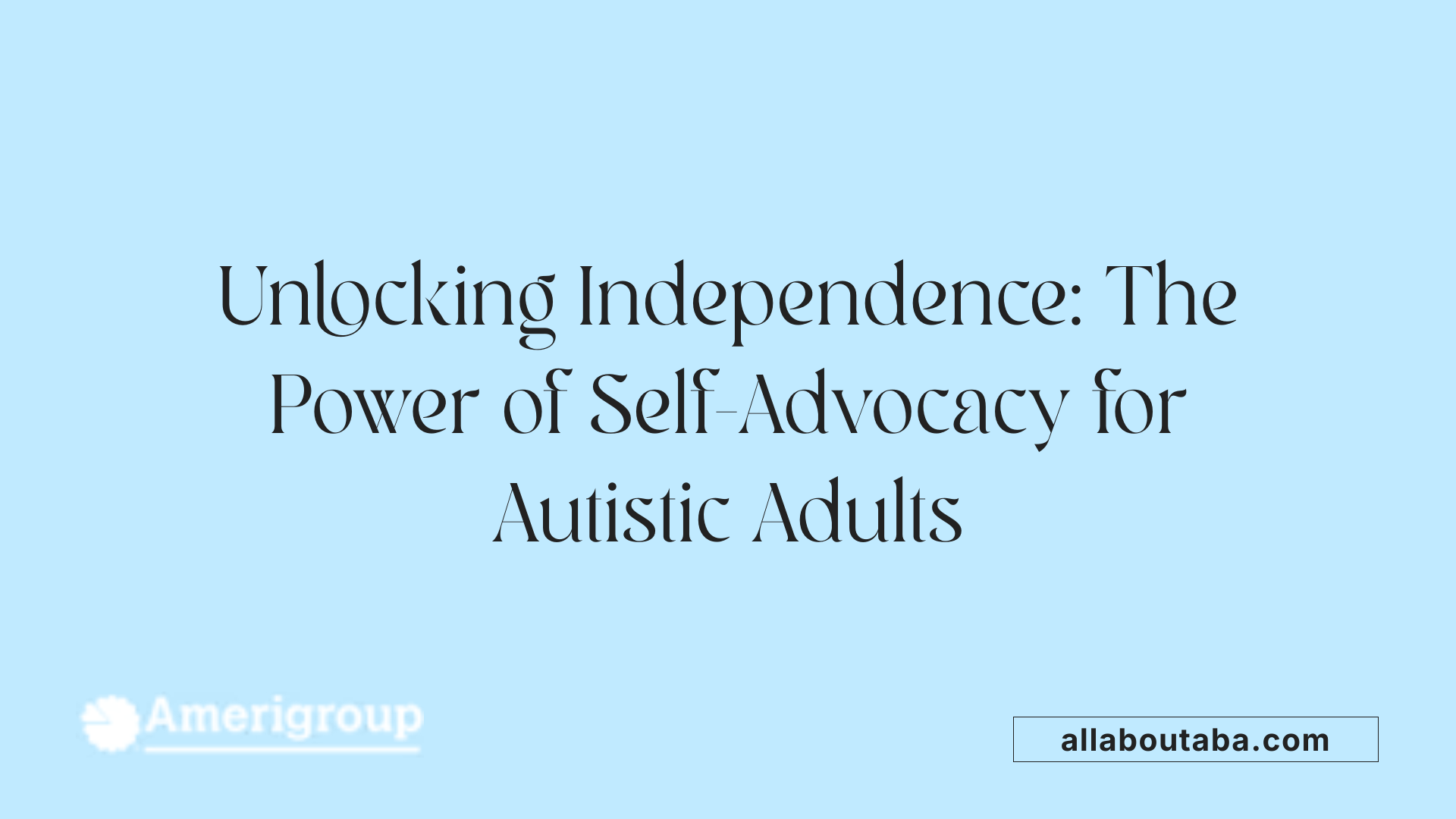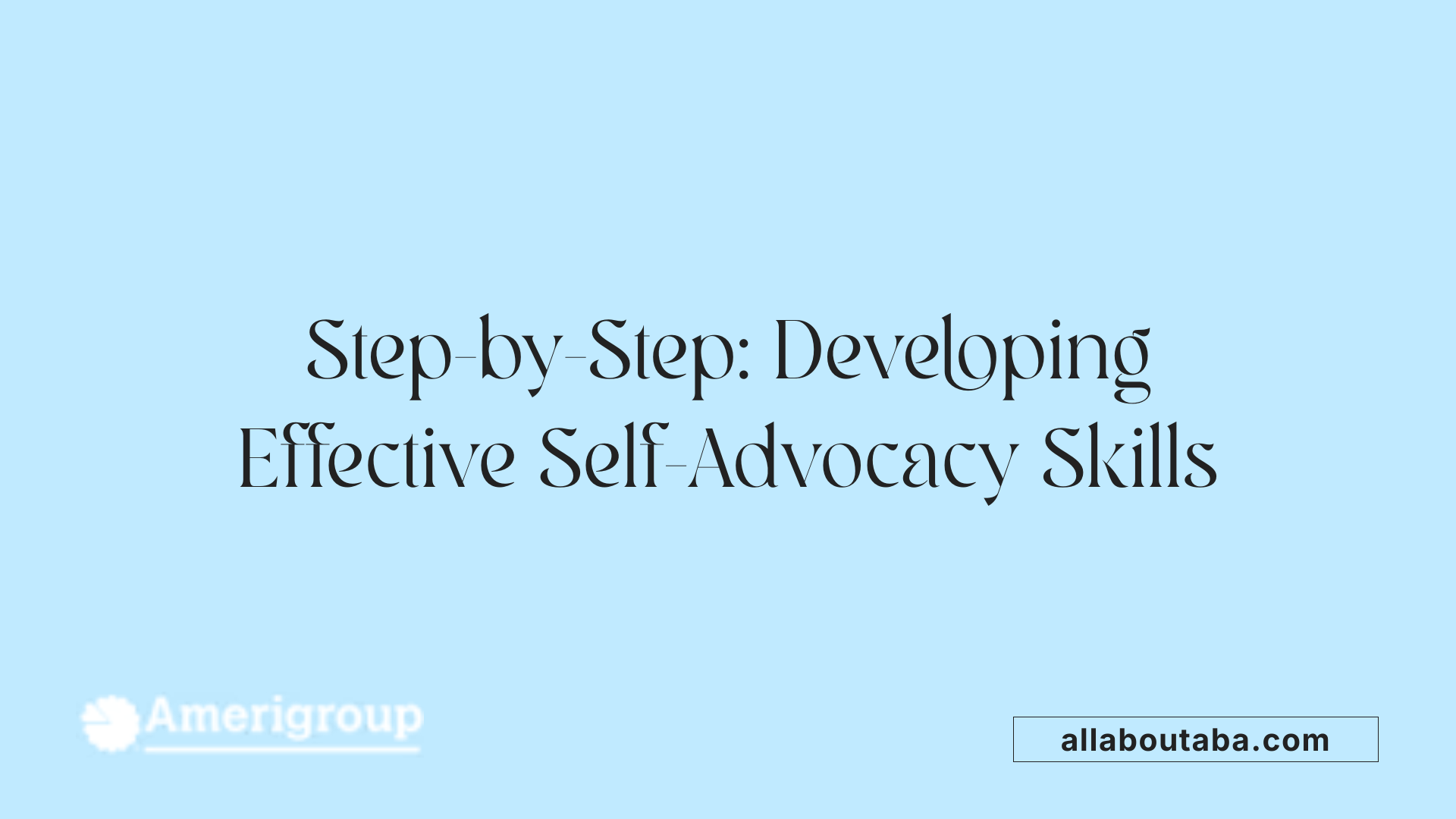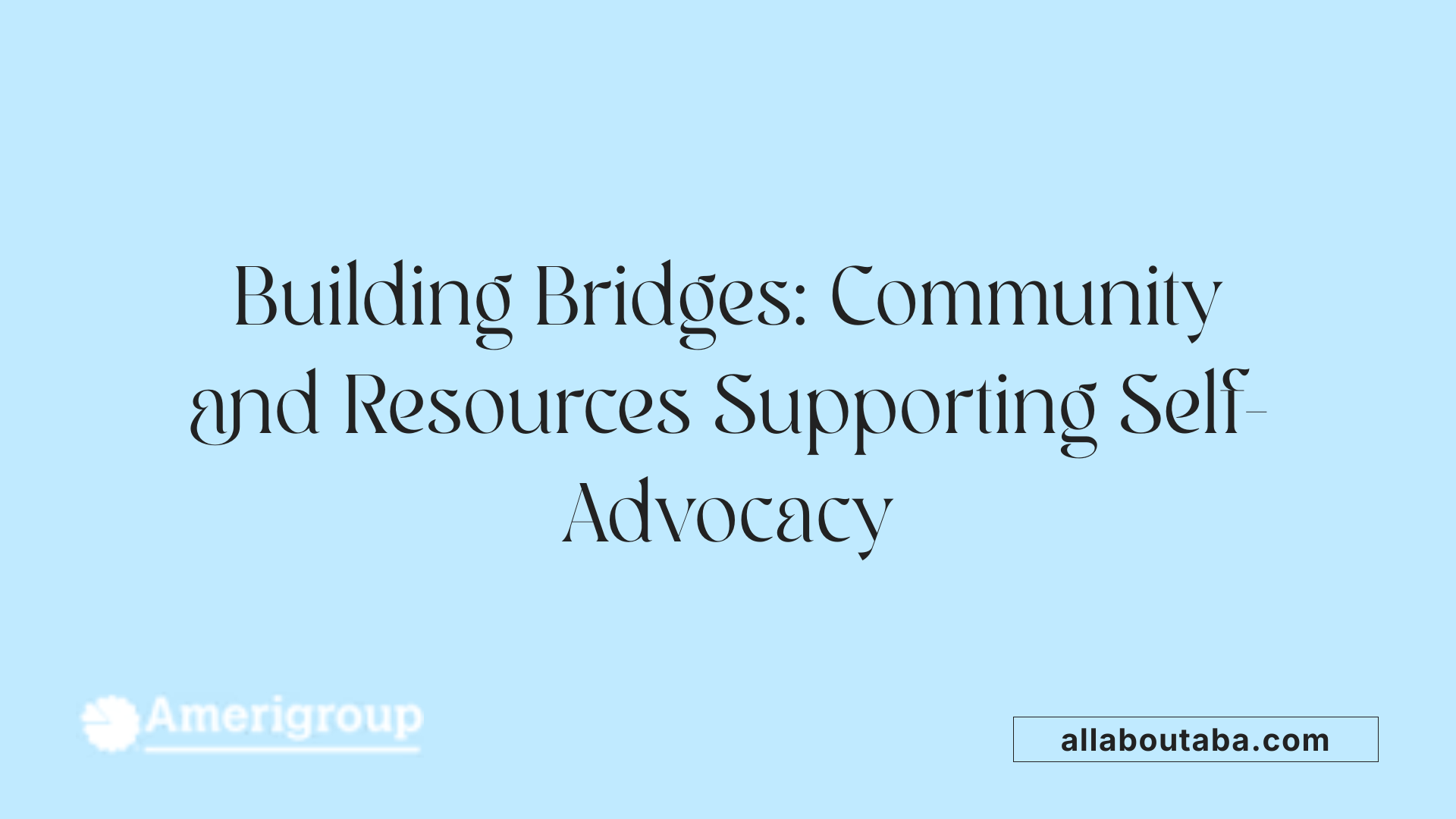Understanding the Power of Self-Advocacy in Autism
Self-advocacy is a vital skill that enables autistic adults to navigate life's challenges confidently and independently. It encompasses understanding one's needs, rights, and preferences, and effectively communicating these to others. Developing self-advocacy skills promotes autonomy, societal participation, and overall well-being. This article explores the core concepts, development strategies, available resources, and the profound impact of self-advocacy on autistic adults' lives.
What Self-Advocacy Is and Its Significance
 Self-advocacy is the ability to understand one's own needs, rights, and preferences and to communicate them effectively to others. For autistic adults, this skill involves recognizing personal strengths and support requirements, as well as knowing how and when to disclose their diagnosis to obtain necessary accommodations.
Self-advocacy is the ability to understand one's own needs, rights, and preferences and to communicate them effectively to others. For autistic adults, this skill involves recognizing personal strengths and support requirements, as well as knowing how and when to disclose their diagnosis to obtain necessary accommodations.
Developing self-advocacy skills is crucial because it enables autistic adults to navigate various life domains—including education, employment, healthcare, and personal relationships—with confidence and independence. It involves being informed about available resources, legal protections such as the Americans with Disabilities Act (ADA), and support programs that facilitate autonomy.
Good communication is at the heart of self-advocacy. It includes learning how to effectively articulate needs, negotiate accommodations, and participate actively in decision-making processes. Initiatives like support awareness and self-awareness are vital components, helping individuals understand their specific challenges and how to address them.
Teaching self-advocacy from a young age—through school programs, education plans like IEPs, and community support—prepares autistic individuals for adult life. As they grow, these skills empower them to seek necessary supports, challenge societal barriers, and advocate for inclusive attitudes and policies.
Overall, self-advocacy boosts confidence, fosters independence, and promotes societal participation. When autistic adults can confidently share their needs and rights, they improve not only their own well-being but also contribute to a broader understanding and acceptance within society.
Developing Self-Advocacy Skills

How can autistic adults develop self-advocacy skills?
Autistic adults can enhance their self-advocacy abilities by first gaining a deep understanding of themselves. This involves identifying personal needs, strengths, and any co-occurring conditions that might influence how they access support. Recognizing what accommodations and services are necessary allows them to advocate more effectively.
Learning about legal rights and available resources is another crucial step. Laws like the Americans with Disabilities Act (ADA) and organizations such as the Autistic Self Advocacy Network provide vital information about rights, protections, and support options. This knowledge empowers adults to negotiate for accommodations in workplaces, educational settings, and healthcare.
Practicing communication skills—including disclosure—is essential. Autistic adults need to develop strategies for expressing their needs, setting boundaries, and requesting adjustments in various environments such as college, work, and social relationships. Role-playing, social stories, and self-advocacy training programs are practical approaches that can strengthen these skills.
Engaging with support networks, including peer groups, therapists, and coaches specializing in neurodiversity, can boost confidence and resilience. Neurodiversity-affirming therapies help individuals understand their own needs better and improve their ability to communicate those needs assertively.
Additionally, participating in programs focused on transition skills can facilitate smoother moves into higher education and employment. These programs often teach how to navigate complex systems and advocate effectively throughout different life stages.
By combining self-awareness, legal knowledge, communication practice, and community involvement, autistic adults can build a strong foundation for autonomous advocacy, leading to increased independence and well-being.
Supporting Self-Advocacy in Action
 Effective support for self-advocacy in autistic adults requires a combination of education, resourcefulness, and community involvement. One of the most impactful strategies is fostering self-awareness by helping individuals understand their personal needs, strengths, and goals. This understanding serves as a foundation for them to identify supports, programs, and legal protections such as those afforded by the Americans with Disabilities Act (ADA).
Effective support for self-advocacy in autistic adults requires a combination of education, resourcefulness, and community involvement. One of the most impactful strategies is fostering self-awareness by helping individuals understand their personal needs, strengths, and goals. This understanding serves as a foundation for them to identify supports, programs, and legal protections such as those afforded by the Americans with Disabilities Act (ADA).
Encouraging the development of clear and assertive communication skills is essential. This involves practicing how to articulate needs, asking questions, and confidently advocating for accommodations in settings like workplaces, schools, and healthcare environments. Tailored information about rights, available community supports, and how to access them empowers autistic adults to navigate their lives with confidence.
Building a reliable support network is another critical component. This network may include trusted friends, family, professionals like therapists or coaches, and community groups focused on neurodiversity and inclusion. These allies can provide guidance, encouragement, and practical assistance in self-advocacy efforts.
Educational programs that integrate self-advocacy and disclosure training further enhance these skills. Such initiatives can be part of school curricula, workplace training, or community workshops designed specifically for adults. Professional support services, including neurodiversity-affirming therapy, also play a significant role in strengthening advocacy skills and boosting self-confidence.
Various resources and programs aid in developing self-advocacy skills. The Autistic Self Advocacy Network (ASAN), Self Advocates Becoming Empowered (SABE), and The Arc of the US offer toolkits, webinars, and advocacy training tailored for autistic adults. Online platforms like Self Advocacy Online and SARTAC provide accessible materials, discussion forums, and technical assistance to help individuals learn about their rights and how to effectively communicate their needs.
In summary, fostering self-awareness, enhancing communication skills, accessing supportive resources, and building community connections are vital strategies. These efforts ensure autistic adults can advocate for themselves effectively, promoting independence, well-being, and societal inclusion.
Empowering Autistic Lives Through Advocacy
In conclusion, self-advocacy is a cornerstone for empowering autistic adults to lead independent and fulfilling lives. By understanding their rights, developing effective communication, and harnessing available resources, they can advocate for themselves across all spheres—from education and employment to personal relationships. Building skills in self-awareness, disclosure, and negotiation not only enhances individual well-being but also contributes to societal progress towards inclusivity. Support networks, community programs, and ongoing education play crucial roles in fostering these competencies. Ultimately, self-advocacy enables autistic adults to control their life choices, participate fully in society, and influence positive change, embodying resilience, dignity, and self-determination.
References
- Practical Self-Advocacy Skills For Autism - LA Concierge Psychologist
- Self Advocacy - Autism Research Institute
- Fostering Autistic Wellbeing Through Self-Care and Self-Advocacy
- Self-Advocacy Strategies for Neurodivergent Adults | Relational Psych
- A Guide on Self Advocacy - Autism Alliance of Michigan
- The role of self-advocacy and self-determination in positive ...
- How to Build Strong Self-Advocacy Skills as a Young Adult







